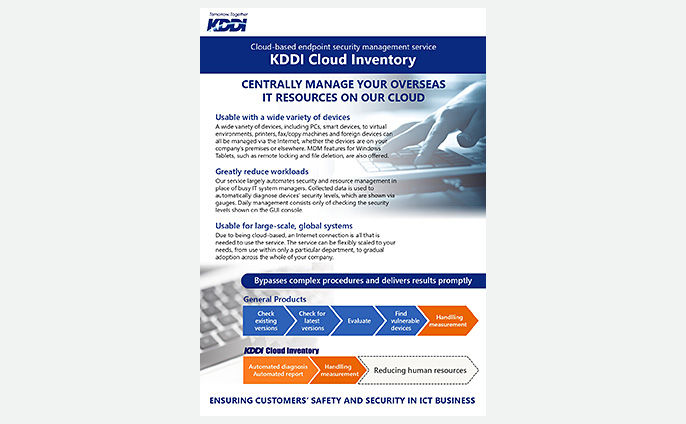An emergency update program for a vulnerability in the Windows Remote Desktop service was released on May 14, 2019. This update was also released for the no-longer-supported Windows XP, hinting at a high level of emergency.
Products affected by this vulnerability include Windows XP and Windows 7, and if exploited, even without remote desktop being activated or other actions by the user, the attacker can run malicious programs. This means that, through this vulnerability, even if the user doesn’t do anything they may be infected with a virus. The United States’ National Security Agency (NSA) released a warning on the same day about this vulnerability and news media reported that the vulnerability could lead to a worst-case scenario like that of the WannaCry threat.















